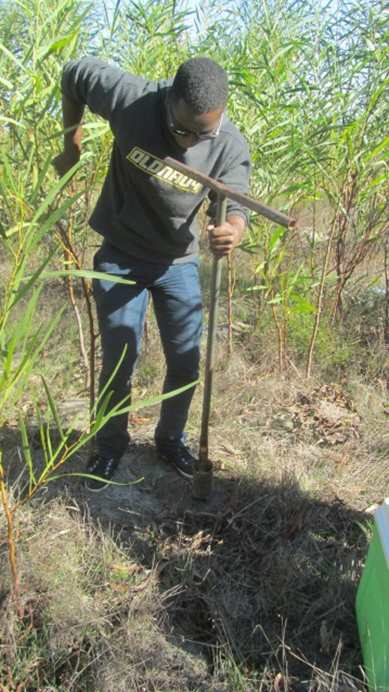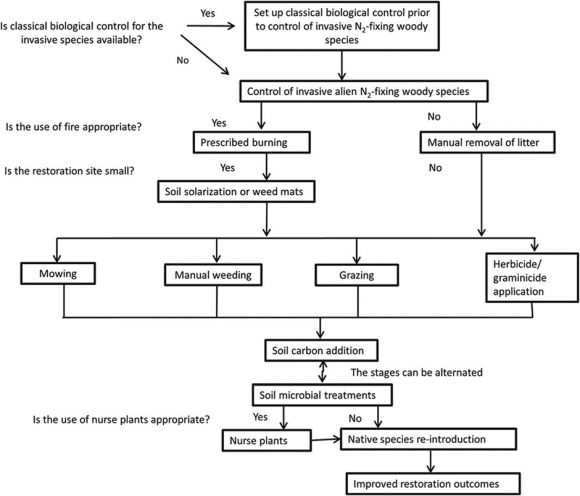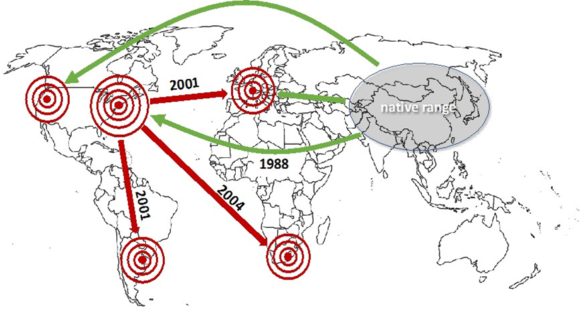Native areas that are invaded by the invasive alien tree Port Jackson can experience soil legacies for up to 10 years after its removal. This was the finding of a recent study by a group of C·I·B researchers, led by C·I·B PhD student, Mlungele Nsikani. The study, published in Austral Ecology, explored the soil legacy effects of Port Jackson in Cape Flats Sand Fynbos.

Port Jackson is a nitrogen-fixing tree that has negative ecological impacts such as changing the soil chemistry of an area it invades. It is often assumed that the negative impacts of invasive alien plant species will reduce immediately after their removal. Unfortunately, this is not the case because invasive alien plant species can leave legacy effects in the soil after their removal. Legacy effects are a specific type of effect where measurable changes in biological, soil chemical or physical conditions can be seen even after removal of the invader.
In their study, Mlungele et al., took soil samples from areas invaded by Port Jackson, where Port Jackson stands were removed and from areas that have never been invaded. They analysed the soil for pH, carbon, nitrogen, available phosphorus, ammonium, nitrate and electrical conductivity.
Mlungele et al. found that Port Jackson invasion changed overall soil characteristics, and especially elevated pH levels. They further found that the removal of Port Jackson did not restore native soil characteristics, but especially increased nitrate levels remained higher in previously invaded areas compared to invaded and un-invaded areas, even 10 years after Port Jackson removal.
“The remaining higher nitrate levels can facilitate the growth of other invaders which often out-compete native species” says Mlungele Nsikani. He adds “to improve restoration outcomes after clearing Port Jackson stands, the removal of secondary invaders and weedy native species should be at the top of the list. Otherwise the goal of restoring native communities will remain elusive in most previously invaded areas”.
Read the full article in Austral Ecology
For more information, contact Mlungele Nsikani at mlungele@sun.ac.za



